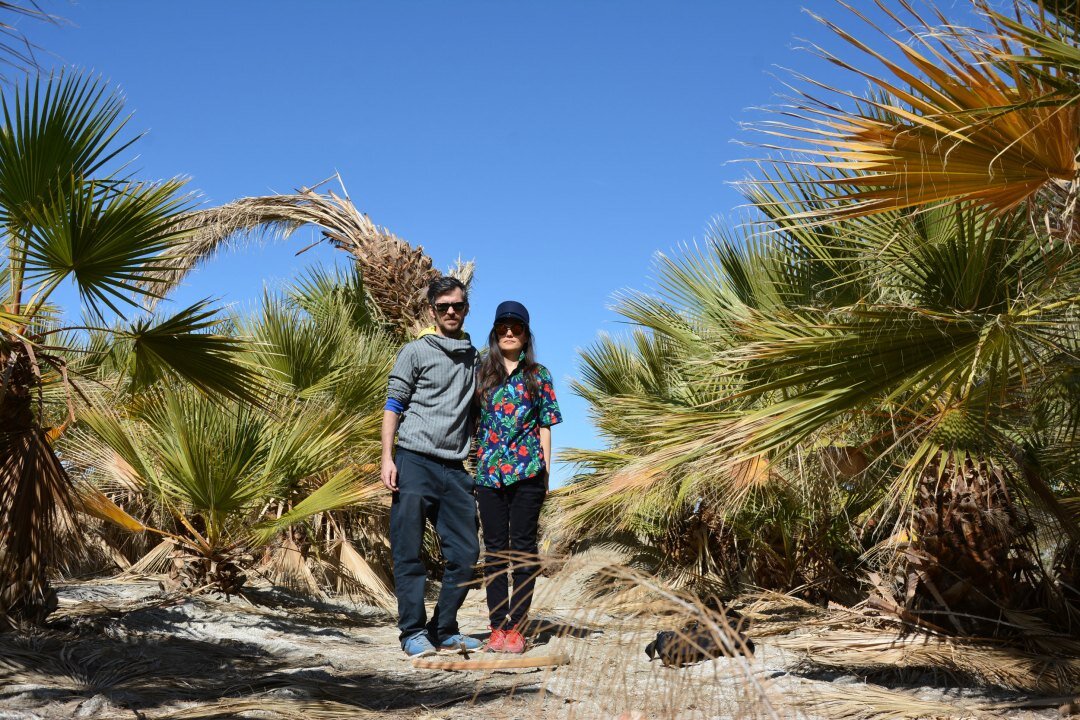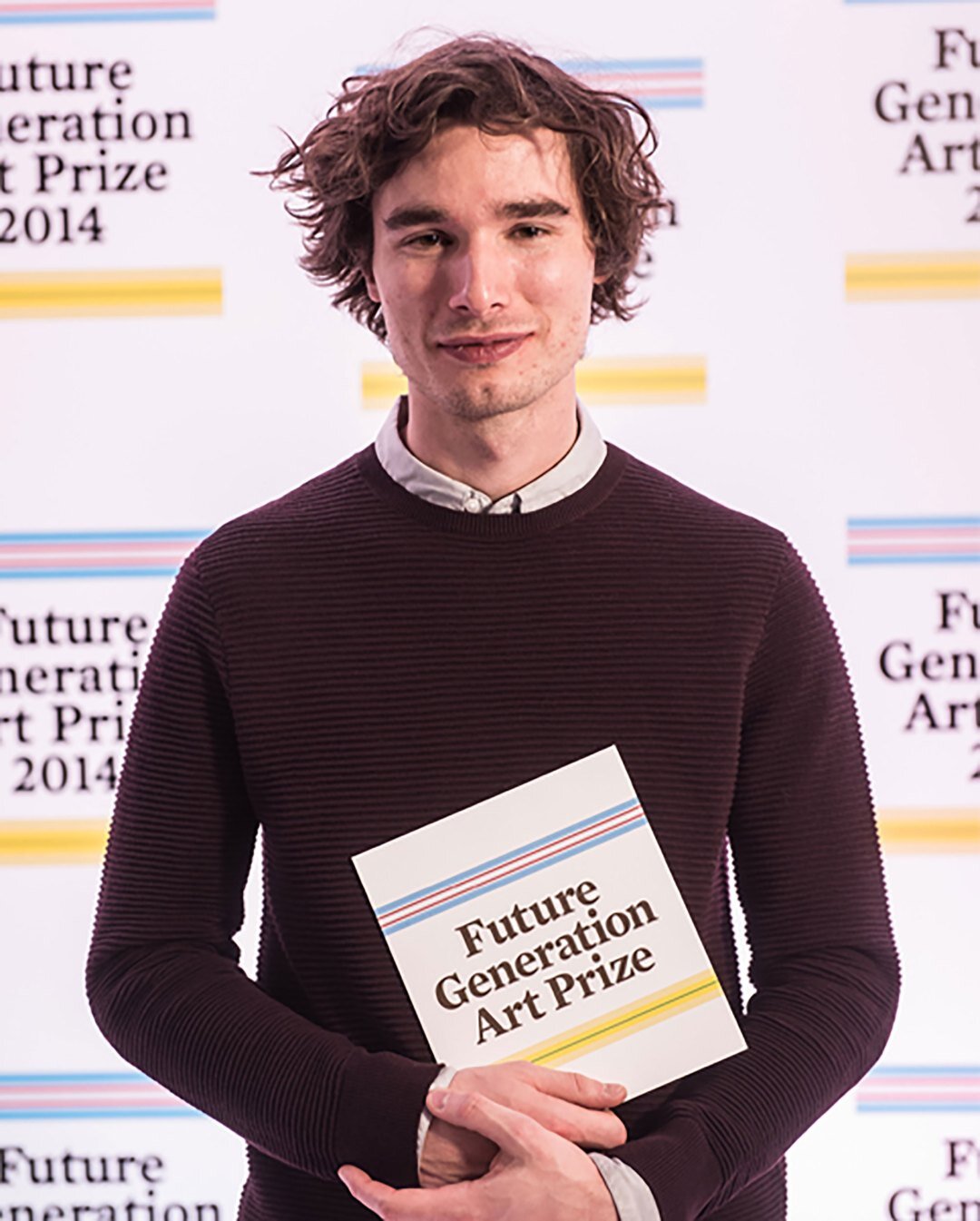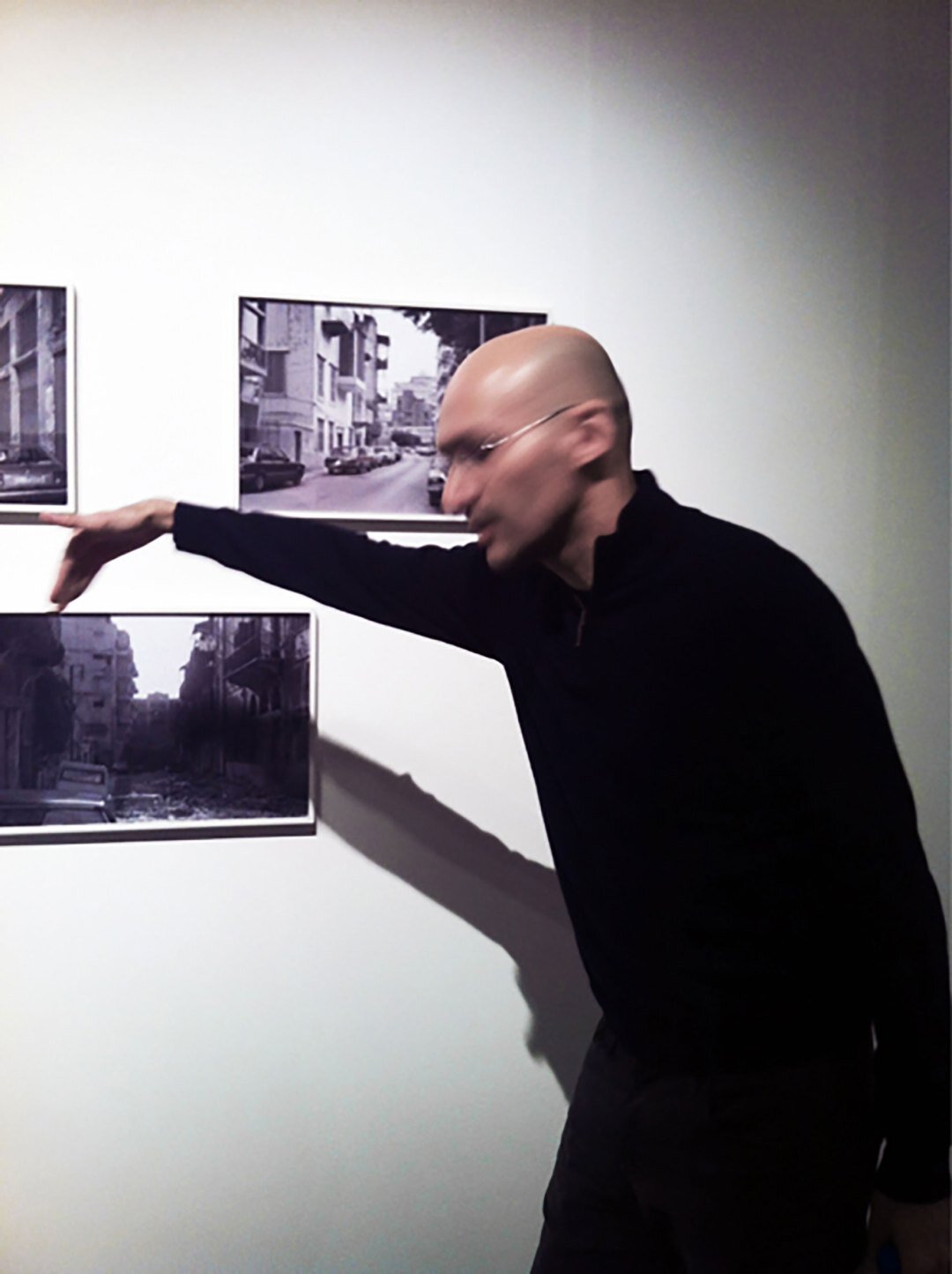3–31 October 2015
www.artencounters.ro
Curators: Nathalie Hoyos and Rainald Schumacher
First edition of the Timisoara Art Encounters, to become a regular venue for Romanian art in the international curatorial dialogue.
In October 2015, Timisoara, the city in western Romania in the heart of the historic Banat region and among the Romanian cities in the current competition for European Capital of Culture 2021, will host the first Timisoara Art Encounters. Stretching over the historical center of the city, Timisoara Art Encounters offers multilayered displays at diverse sites that invite visitors to share in the sensual and intellectual experience of contemporary art. It appeals to people of all ages, to visitors both local and international.
This year’s curatorial theme is Appearance and Essence, and with it Timisoara Art Encounters focuses on a not so well-known chapter in the history of European art: the story of Romanian art from the 1960s to the present day. The selected works trace the distinct narrative thread of Romanian art that emerged and evolved in parallel to art in Western Europe. For the first time, visitors have the chance to experience a comprehensive survey of Romanian art of the last 50 years in dialogue with a few international artists.
Participating artists include: Saâdane Afif, Dragos Alexandrescu, Silvia Amancei & Bogdan Armanu, Apparatus 22, Rosa Barba, Marius Bercea, Stefan Bertalan, Matei Bejenaru, Rudolf Bone, Mihut Boscu Kafchin, Geta Bratescu, the Bureau of Melodramatic Research, Andrei Cadere, Mircea Cantor, Marieta Chirulescu, Radu Comsa, Calin Dan, Daniel Djamo, Joakim Eskildsen, Constantin Flondor, Adrian Ghenie, Ion Grigorescu, Mihai Iepure Gorski, Sofia Hultén, Pravdoliub Ivanov, Gabriel Kelemen, Maxim Liulca, Ana Lupas, Dan Maciuca, Alex Mirutziu, Florin Mitroi, Anca Munteanu Rimnic, Ciprian Muresan, Vlad Nanca, Paul Neagu, Ioana Nemes, Tara von Neudorf, Alexandru Niculescu, Mihai Olos, Andrei Pandele, Dan Perjovschi/Balamuc, Lia Perjovschi, Veda Popovici, Stefan Sava, Serban Savu, Sigma, sub:real, Gert and Uwe Tobias, Iulia Toma, Gabriela Vanga, to name but a few.
Nathalie Hoyos and Rainald Schumacher, the two Berlin-based curators, take Romanian art as the starting point for their selection. “We will concentrate the Encounters on artists who have a relationship with Romanian culture and whose art is rooted in its history, be it by place of birth, by language or by some underlying artistic references; artists who live in the country or abroad. As outsiders, we have taken an ‘archeological’ look at the Romanian art scene and have tried to capture its essence. After identifying the uniquely Romanian quality of this art, we bring it to the surface and make it clear to see. Appearance & Essence is the curatorial theme for this edition of Timi?oara Art Encounters. We are not looking to pin down a specific ‘national’ identity, and are instead searching for certain cultural differences and individual nuances in the global discourse.”
Timisoara Art Encounters takes place across the entire historical city center. A thematic map will connect exhibitions in institutions, public galleries, the Timisoara Art Museum, a former high school and several abandoned buildings. Numerous artistic interventions will be staged in public places. A series of talks featuring international artists, curators and art historians will intensify the open dialogue with the public and the city at large. The educational program developed for Timisoara Art Encounters is aimed at all ages and communicates a concept of art as an open space, where different ideas, opinions and concepts about the world can meet and interact.
Detailed information on the exhibition sites, educational program and participating artists will be announced on the website. A complete overview will be released by the end of May. Further information available at www.artentcounters.ro.
Timisoara
Timisoara lies at a historic crossroads between the former Ottoman and Habsburg empires, in the center of Banat, a Southern-European region rich in diverse traditions. Over several centuries, the city has been a melting pot for various cultures and religions. Furthermore, in the 1960s and 1970s, the city was an important and vibrant creative center for Romanian contemporary art. In that period, artists from Group 111 or the Sigma Group publicized new artistic concepts which drew international attention. In December 1989, the revolution against the Ceausescu dictatorship started in Timisoara. In the 1990s, the city offered a stage for a series of influential festivals, which gave artists the opportunity to test their newly-won liberty. Timi?oara Art Encounters reflects the historical and cultural legacy of the city.
Curators
In 2014, curators Nathalie Hoyos and Rainald Schumacher developed a film and video program for Manifesta 10 in St. Petersburg. The curators’ selection was the first major survey of film and video art by contemporary artists, working both in the East and West, from the 1960s until today. The exhibition Fragile Sense of Hope, which they curated in 2014 at me Collectors Room in Berlin, featured highlights from a corporate art collection focusing on contemporary art from Eastern and Southeastern Europe.
*info taken from: http://blog.brooklynartproject.com/2015/06/first-edition-of-timisoara-art-encounters-announced-appearance-essence/



















